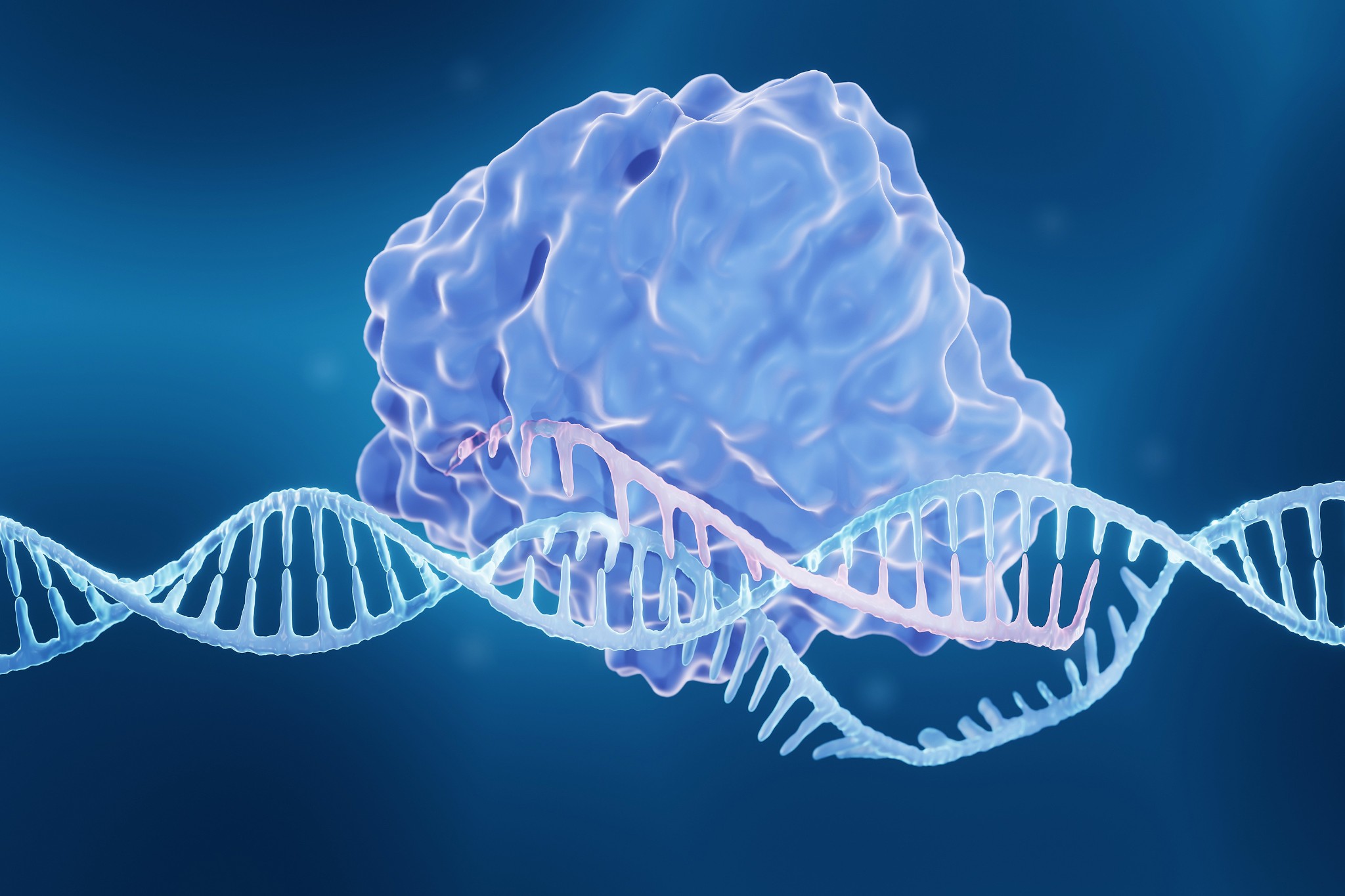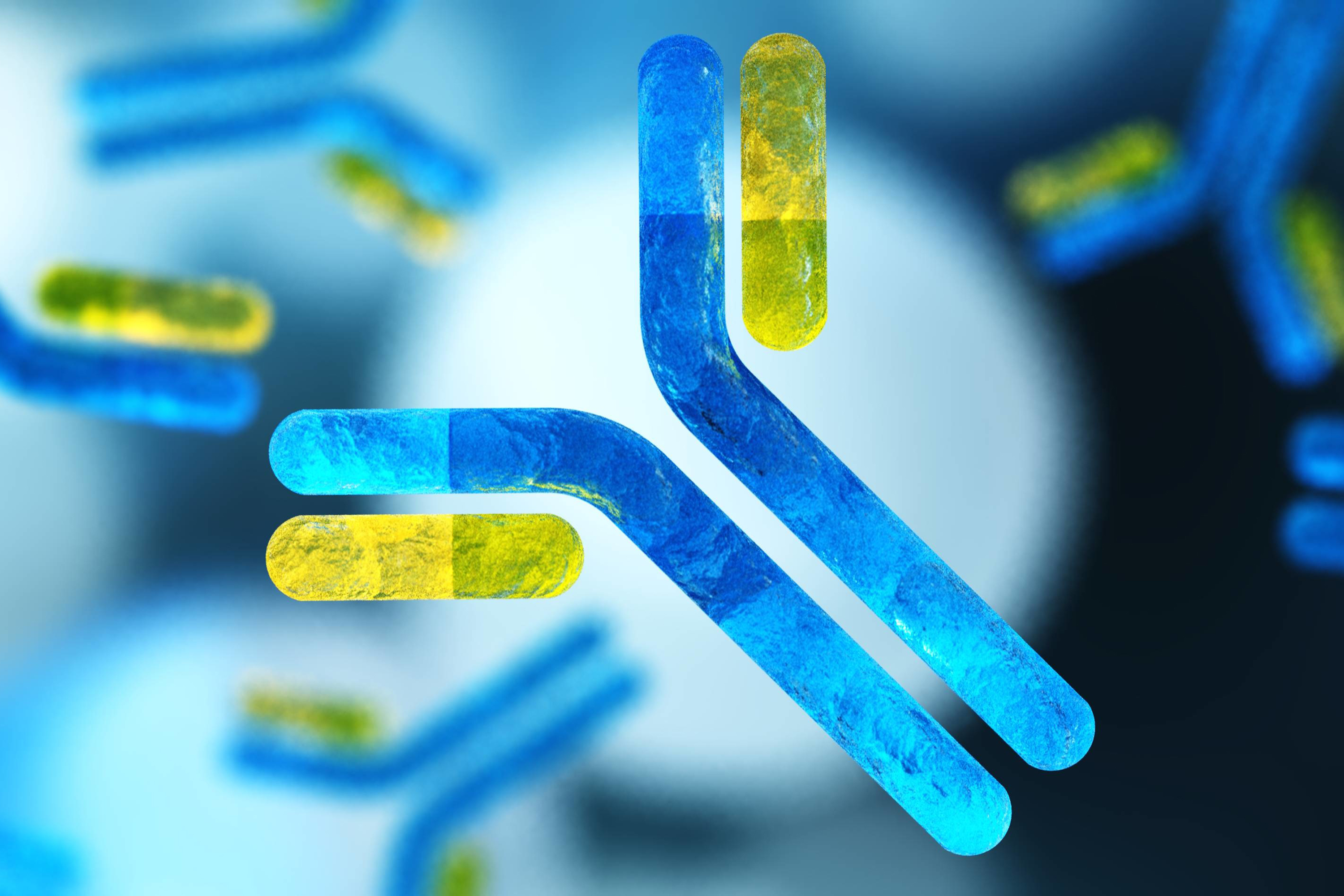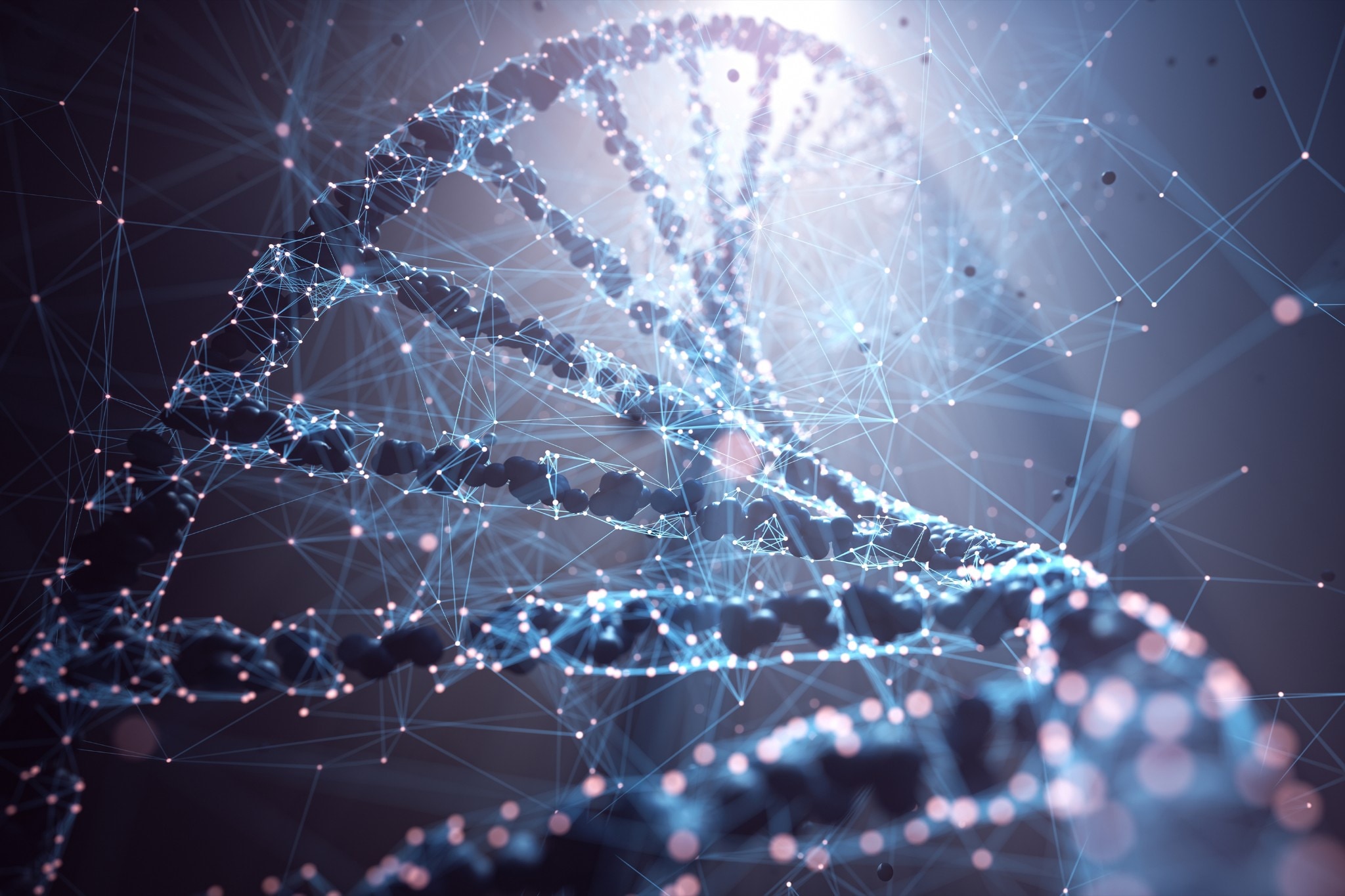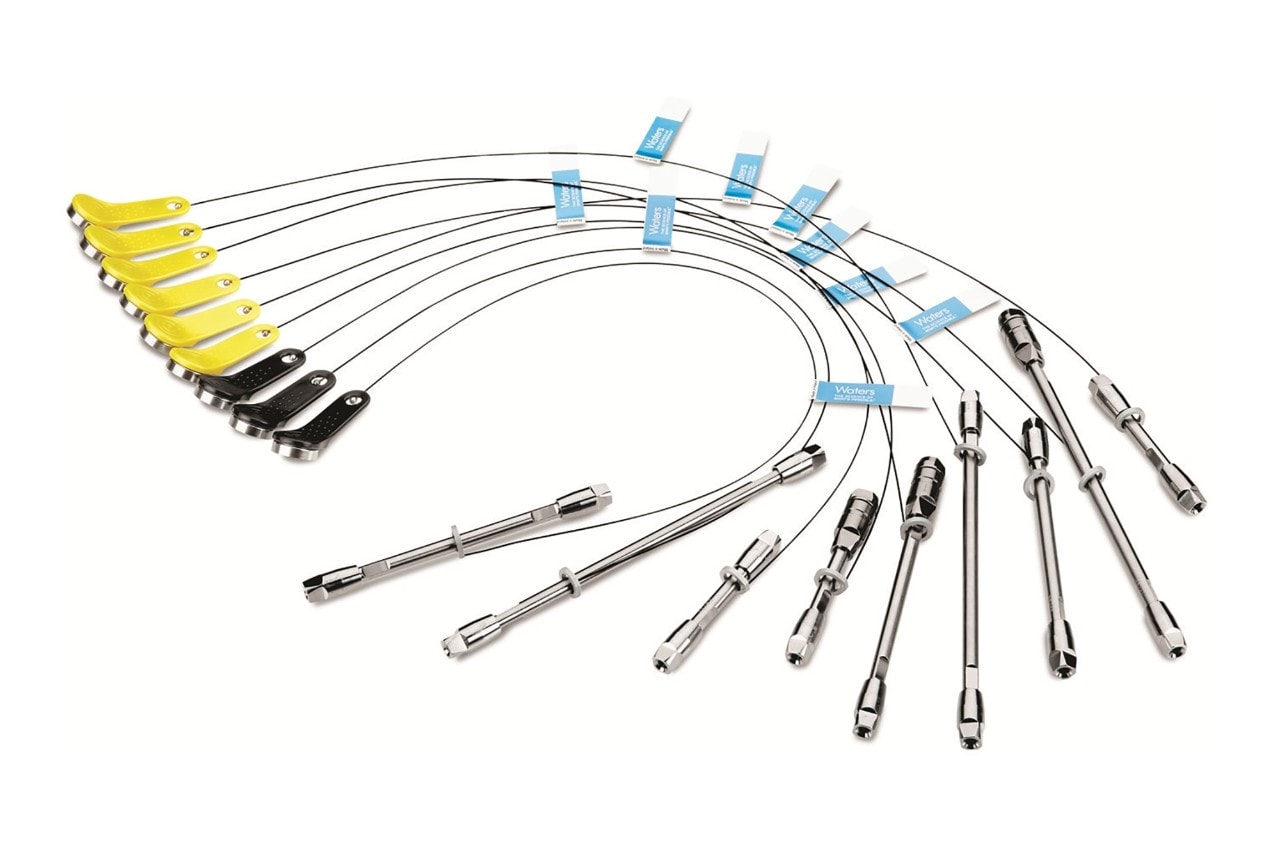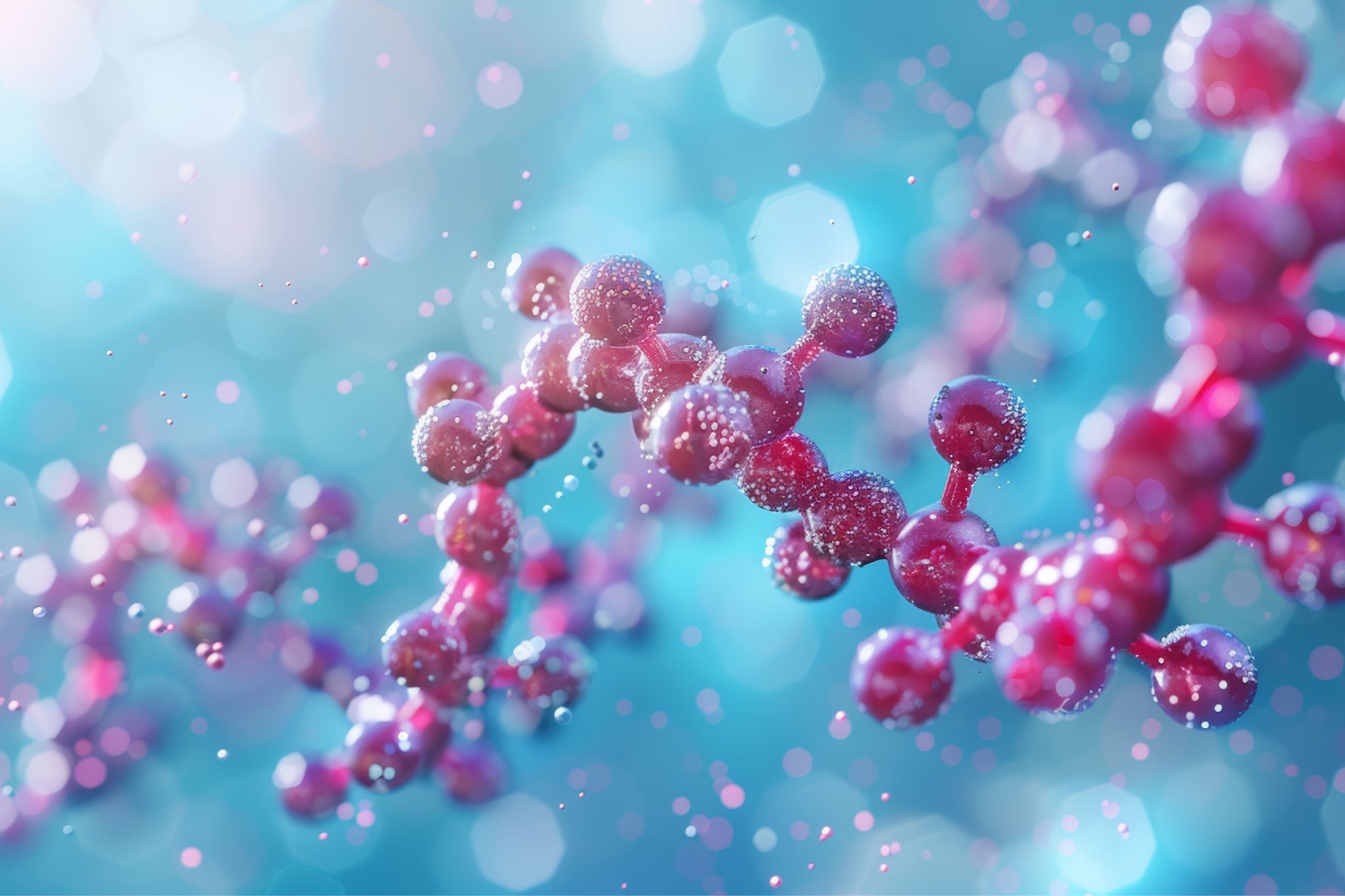Bioseparations columns are specialized tools used in chromatography for separating and purifying biological molecules such as proteins, peptides, nucleic acids, and other biomolecules. These columns are crucial in biochemistry, biotechnology, and pharmaceutical industries where precise isolation and analysis of biomolecules are essential.
There are several types of bioseparations columns tailored for different separation principles:
Ion Exchange Chromatography (IEX): This method separates biomolecules based on their charge. Anion exchange columns retain positively charged molecules, while cation exchange columns retain negatively charged molecules.
Size Exclusion Chromatography (SEC): SEC separates molecules based on their size and shape. Larger molecules are excluded from the pores in the stationary phase and elute first, while smaller molecules penetrate deeper into the pores and elute later.
Reversed-Phase Chromatography (RP): RP separates molecules based on their hydrophobicity. A hydrophobic stationary phase interacts with hydrophobic regions of biomolecules, causing retention and separation.
Hydrophobic Interaction Chromatography (HIC): This method separates molecules based on their surface hydrophobicity. Hydrophobic ligands on the stationary phase interact with exposed hydrophobic regions of biomolecules under controlled salt conditions.
Hydrophilic Interaction Chromatography (HILIC): HILIC separates polar and hydrophilic compounds using a polar stationary phase that interacts with the analytes based on their polarity.
Bioseparations columns come in various forms with different materials and chemistries. They are packed with resins or beads made of materials like silica, agarose, or polymers that are functionalized with specific ligands. The choice of column material, particle size, and chemistry impacts separation efficiency, resolution, and selectivity.
These columns are used in applications such as protein purification, peptide mapping, oligonucleotide separation, and glycan analysis. Proper care and maintenance of bioseparations columns are essential for consistent performance and longevity, including regeneration protocols to extend column life and ensure reproducibility in separations. Selecting the right bioseparations column depends on the specific biomolecules being analyzed and the desired separation conditions for optimal results in biopharmaceutical research and development.
Bioseparations Columns
1.How do bioseparations columns differ from other chromatography columns?
Bioseparations columns are specifically designed to handle the purification of biological molecules such as proteins, peptides, and nucleic acids. Unlike standard chromatography columns, they use specialized stationary phases and chemistries that are optimized for the unique properties of biomolecules, ensuring high selectivity and efficiency in separation.
These columns are tailored to work with complex biological samples, where factors like molecule size, charge, and hydrophobicity are crucial for effective purification.
2.How do I select the right bioseparations column?
When choosing a bioseparations column, several important factors must be taken into account. The target molecule"s size, charge, hydrophobicity, and other properties will significantly influence the choice of column. Additionally, the overall separation goal, whether it is purification, analysis, or scaling up, will affect the selection process.
The complexity and composition of the sample matrix also play a role in determining the appropriate column type and operating conditions. Furthermore, the level of resolution required, in terms of purity and separation, is influenced by parameters like particle and pore size.
Lastly, the desired throughput will dictate the column"s dimensions and the required flow rates.
3.What types of biomolecules can be separated using bioseparations columns?
Bioseparations columns are versatile and can purify a wide variety of biomolecules. This includes proteins such as enzymes and antibodies, peptides, which are short chains of amino acids, and nucleic acids like DNA and RNA.
Additionally, these columns can be used to separate glycans, sugars, carbohydrates, and other biomolecules like lipids, metabolites, and small molecules. Their broad applicability makes them essential tools in various biological and biochemical research applications.
4.What are the different types of bioseparations columns offered by Waters?
Waters offers an extensive range of bioseparations columns designed to suit different applications.
Ion exchange columns: Separate molecules based on their charge.
Size exclusion columns: Separate molecules based on their size.
Reversed-phase columns: Separate molecules based on their hydrophobicity.
Hydrophobic interaction columns: Separate molecules based on their hydrophobic interactions.
Affinity columns: Separate molecules based on specific binding interactions.
Mixed-mode columns: Combine multiple separation mechanisms for enhanced selectivity.


